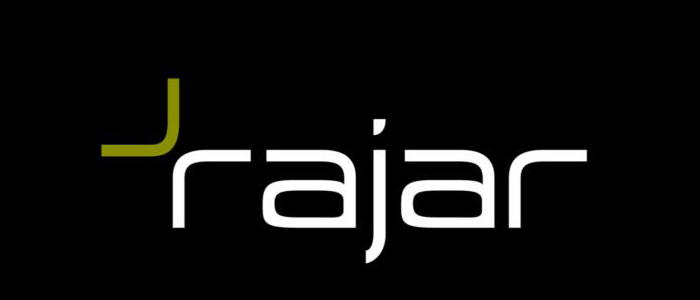
RAJAR Statement

RAJAR was established by the UK radio industry in 1992 to provide an independent and trusted gold
standard measurement system for both Ofcom licenced Commercial and BBC Radio stations. In the
30 years since RAJAR’s inception, it has remained the only official measurement currency for radio
listening in the UK, supporting the creative and commercial needs of a £1.5 bn industry. Stations
representing over 90% all the radio listening subscribe to RAJAR.
Joint Industry Currency oversight (JIC’s)
RAJAR is set up as a JIC (Joint Industry Currency). In addition to the BBC and the commercial sector,
the interests of the wider advertising community are represented. Both ISBA and the IPA (the trade
bodies for the advertisers and their agencies) are represented on the RAJAR Board.
Advertisers, agencies, and the radio stations (media owners) work in concert to agree and specify
one, credible and objective trading currency for each of the main media. JICs are required to ensure
the audience data is based on metrics and methods that are agreed to open industry standards and
that the research design is set to a technical specification that delivers robust statistical confidence
levels from the recruited samples. JIC’s encourage all media owners and platforms to engage with
them to maintain the relevance of the data and its credibility with advertisers.
Whilst subscribing to RAJAR is not mandatory it is the only recognised radio audience currency that
is endorsed by the UK’s advertisers and their media buying agents.
How are the figures created?
RAJAR collects radio listening from a structured sample of individuals providing statistics that are
representative of the area being measured. The data is collected in over 500 geographic segments
across the UK including the Isle of Man and the Channel Islands, every week, for 50 weeks of the
year.
RAJAR used to rely solely on diaries placed by Face-to-Face interviewers employed by IPSOS (0ne of
the top five Global market research companies) but that has evolved to now incorporate a mixed
mode methodology which can include any one or combination of listening from an active radio
listening panel a passive radio listening panel or random diary placement.
When we say “diary” it’s often thought as only a paper entity but, 75% of diaries are completed
using online using a PC or a mobile device format.
The Face-to-Face recruitment used to place the sample is an integral part of the very highest
standards of survey, providing quality completion and precision in both demographic and geographic
representation verses alternative forms of sample recruitment. The interviewer who introduces
themselves at participants homes to invite them to take part in the survey. They are highly trained
and skilled individuals who build rapport with participants and educate them on the completion task.
After the initial interview process, having established a little about their preferences, they place the
most effective diary type with the respondent and remains in contact with them over the diary
week. This methodology delivers high placement and completion rates. Passive data collection is
done via an App which ‘hears’ the radio station and uses audio matching technology to attribute the
listening to the correct station just by the participant having their smartphone or tablet switched on
and present at the time of listening!
RAJAR subscribers that join the survey have their specific station results measured and their listening
formally published each quarter. Listening to stations that aren’t included in the survey results are
measured as a generic ‘other radio’ figure. It is now possible for any home in all areas of the country
and its islands to receive literally hundreds of radio stations. Many of these unattributed stations are
too small to be economically measured.
The RAJAR Management Team




